By clicking a retailer link you consent to third-party cookies that track your onward journey. This enables W? to receive an affiliate commission if you make a purchase, which supports our mission to be the UK's consumer champion.
Best dash cams: top car cameras tested
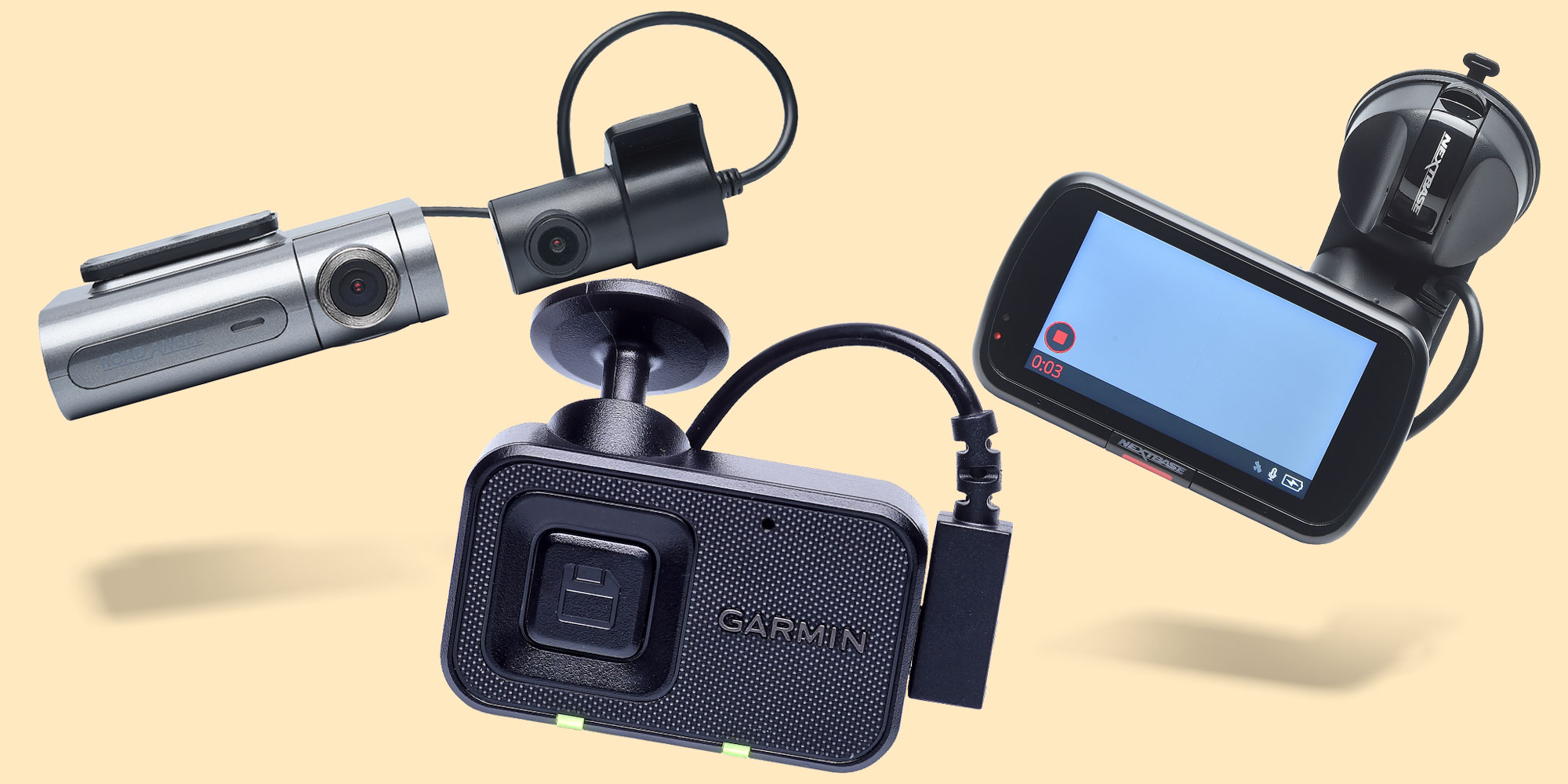
A great dash cam records high-quality video footage, even at night, to help prove what happened in a crash or to protect you from false claims.
Cheaper dash cams generally record footage at a lower resolution, either HD (1,280 x 720p) or Full HD (1,920 x 1,080p). A mid-range model usually records in Full HD and has a few extra features, while modern premium dash cams commonly record in 4K (3,840 x 2,160p).
The majority of dash cams are forward-facing, which, as the name implies, record footage ahead of your vehicle. This is the type we typically test. Occasionally, these include built-in cabin cameras too, which record footage within your vehicle. Less common are front-and-rear models, which also include a camera that can be attached to your rear windscreen to monitor activity behind your vehicle.
Find out which dash cams excelled in our tests – we've found brilliant Best Buys and some Great Value picks worth considering - plus which ones had security issues you need to know about.
How our tests find you the best
We’ve tested 18 dash cams
We take every dash cam for a spin on the road and then review hours of footage recorded during the day and at night to separate the best from the worst.
Video quality
The best provide clear detail, vivid footage and a wide angle of view. The worst struggle to record in low light or have a narrow angle that won't capture much.
Ease of use
A dash cam should give you peace of mind, not stress you out. We highlight those that are intuitive to use, as well as straightforward to retrieve recordings.
We also test...
How simple it is to set up, if the GPS location data is accurate, audio clarity, how well the companion app works and whether the additional features are useful.
The dash cams we tested
The biggest brands and the most popular nine dash cams are listed below.
Only logged-in Which? members can view the dash cam test results below.
Join Which? to get instant access to our test results and Best Buy recommendations below.
| Dash cam | Price | Score | Daytime video footage | Night-time video footage | Ease of use | Security concerns |
|---|---|---|---|---|---|---|
Sign up to reveal Get instant access to this and all our scores and recommendations Unlock tableDigital £8.99 per month, cancel any time. Already a member? Log in | 82% | No | ||||
| 81% | No | |||||
| 80% | Yes | |||||
| 73% | No | |||||
| 71% | No | |||||
| 68% | No | |||||
| 64% | No | |||||
| 64% | Yes | |||||
| 63% | Yes |
Sign up to reveal
Get instant access to this and all our scores and recommendations
Unlock tableDigital £8.99 per month, cancel any time.
Already a member? Log in
Date tested: April 2025. Page last checked: September 2025. We are not able to show every retailer, and cheaper prices may be available. We tested 18 dash cams, but the table displays our top picks only. Security concerns: During testing, we identified some security issues with various models and contacted the manufacturers with our concerns. For those models that we've named Don't Buy, they will remain so until our concerns are addressed and we’ve confirmed this with a security retest.
A selection of dash cams we tested is listed in alphabetical order below.
Only logged-in Which? members can view the dash cam test results.
Join Which? to get instant access to our test results and Best Buy recommendations.
Garmin Dash Cam Mini 3
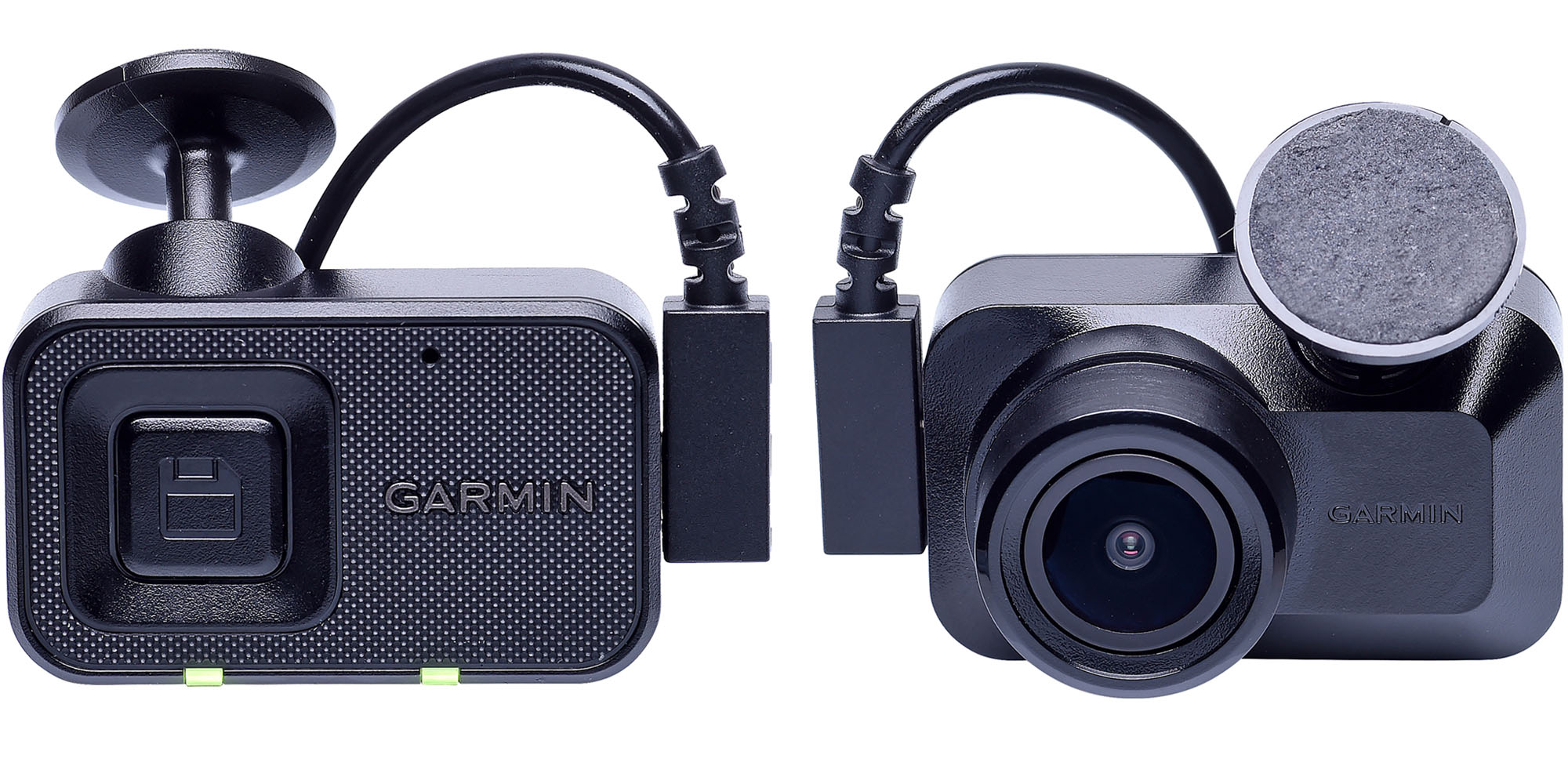
Most recently tested April 2025
Type Forward-facing
Storage Removable memory card, supports micro-SD card card (at least 8GB, Class 10 or faster), supports up to 512GB, memory card not supplied
Need to know Motion detection, no GPS tracking, not waterproof, voice assistant controls, button press feature (save footage 15 seconds before and after), information recorded on video: GPS location, speed, date and time, by default it uses a sensor to detect possible events and incidents and automatically saves video footage recorded 15 seconds before and after the detected event
Garmin Dash Cam X310
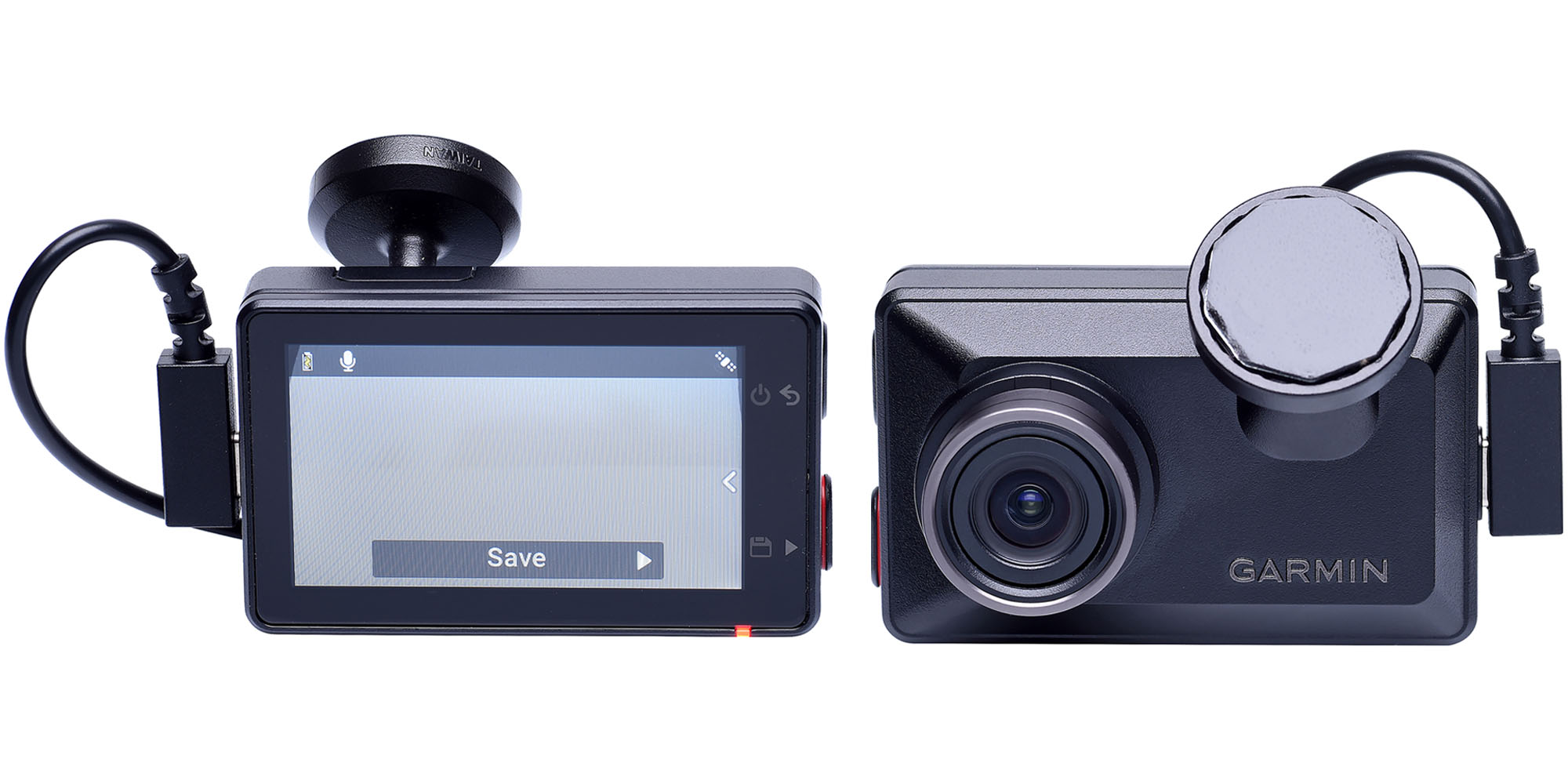
Most recently tested April 2025
Type Forward-facing
Storage Removable memory card, supports MicroSDHC and MicroSDXC SD cards, supports 8 - 512GB; memory card not supplied
Need to know Motion detection, GPS tracking, not waterproof, voice assistant controls, button press feature (save footage 15 seconds before and after), information recorded on video: GPS location, speed, date and time, by default it uses a sensor to detect possible events and incidents and automatically saves video footage recorded 15 seconds before and after the detected event
Nextbase 322GW
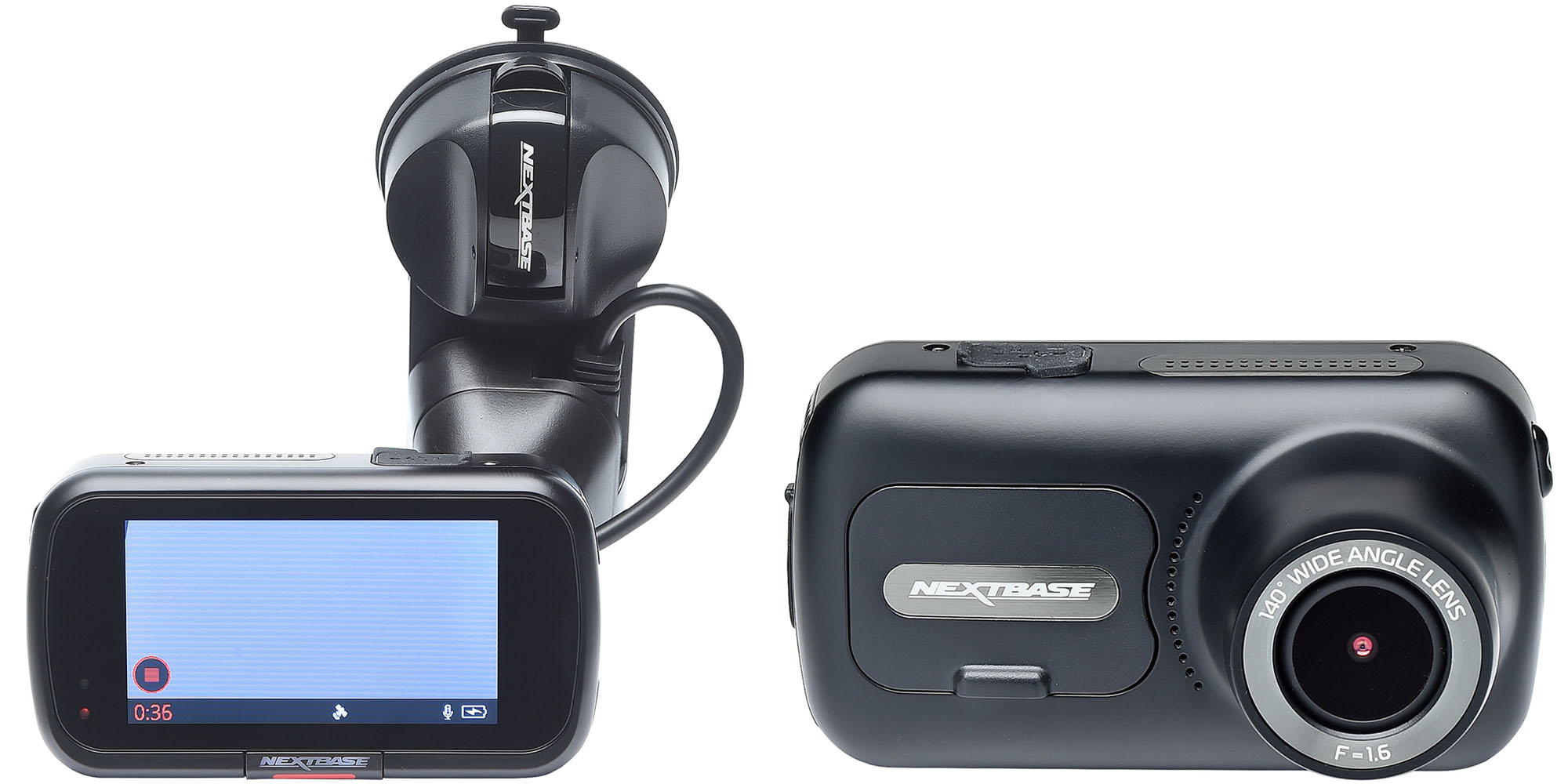
Most recently tested April 2025
Type Forward-facing
Storage Removable memory card, supports Class 10 Micro SD, supports up to 128GB, no memory card supplied
Need to know Motion detection, GPS tracking, not waterproof, voice assistant controls, button press (saves 10 seconds prior and 20 seconds following), information recorded on video: GPS location, speed and date and time, event recording: when a pre-set value of force is reached this will cause the recorded footage to be protected and moved into a folder that can't be overwritten
Nextbase 422GW
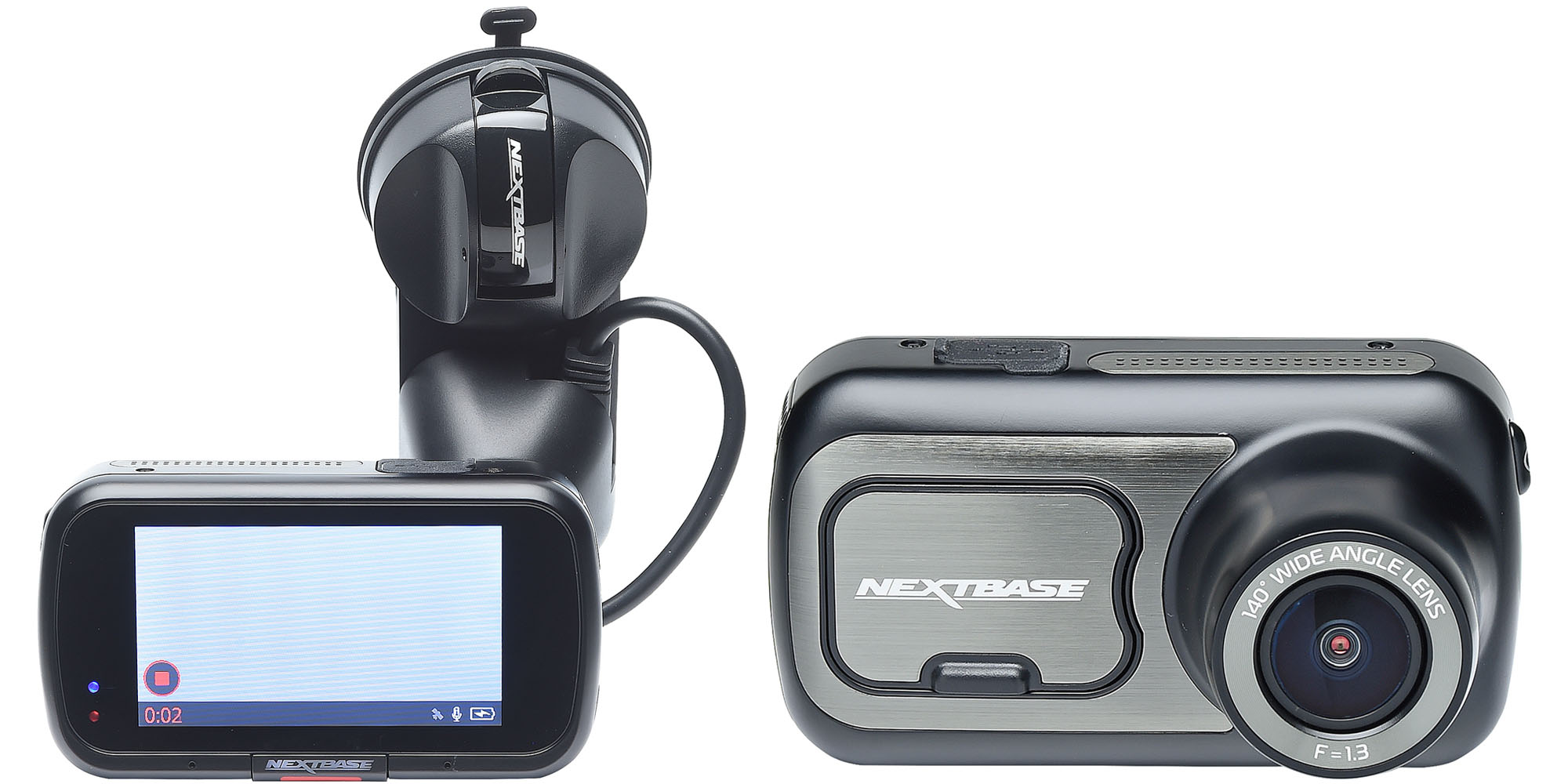
Most recently tested April 2025
Type Forward-facing
Storage Removable memory card, supports Class 10 Micro SD, supports up to 128GB, no memory card supplied
Need to know Motion detection, GPS tracking, not waterproof, voice assistant controls, button press (saves 10 seconds prior and 20 seconds following), information recorded on video: GPS location, speed and date and time, event recording: when a pre-set value of force is reached, this will cause the recorded footage to be protected and moved into a folder that can't be overwritten
Nextbase 522GW
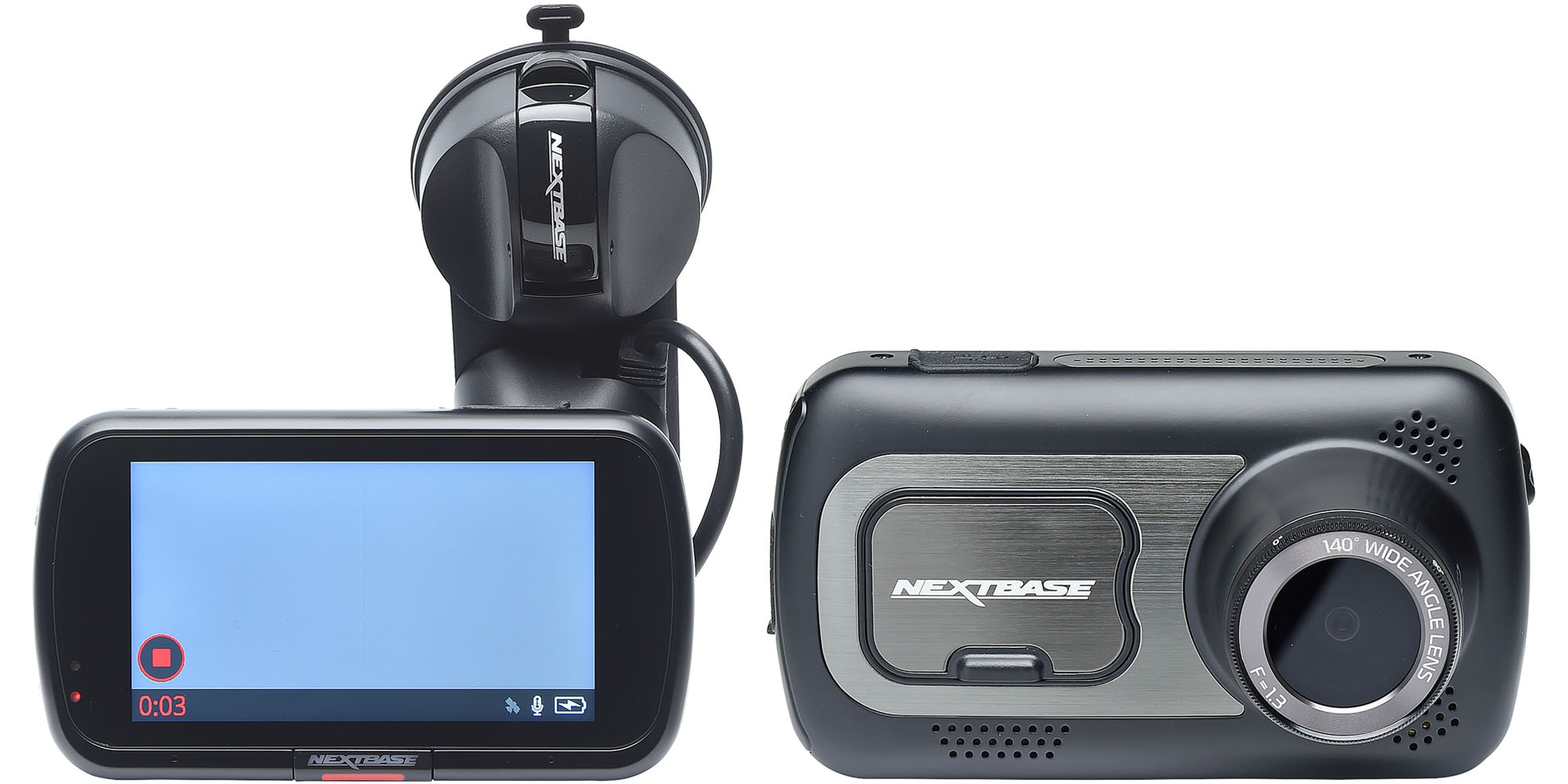
Most recently tested April 2025
Type Forward-facing
Storage Removable memory card, supports Class 10 Micro SD, supports up to 256GB, no memory card supplied
Need to know Motion detection, GPS tracking, not waterproof, voice assistant controls, button press (saves 10 seconds prior and 20 seconds following), information recorded on video: GPS location, speed and date and time, event recording: when a pre-set value of force is reached this will cause the recorded footage to be protected and moved into a folder that can't be overwritten
We drive for miles on bumpy roads to see which are the best car phone holders and mounts for keeping your phone secure while in your car
Nextbase 622GW
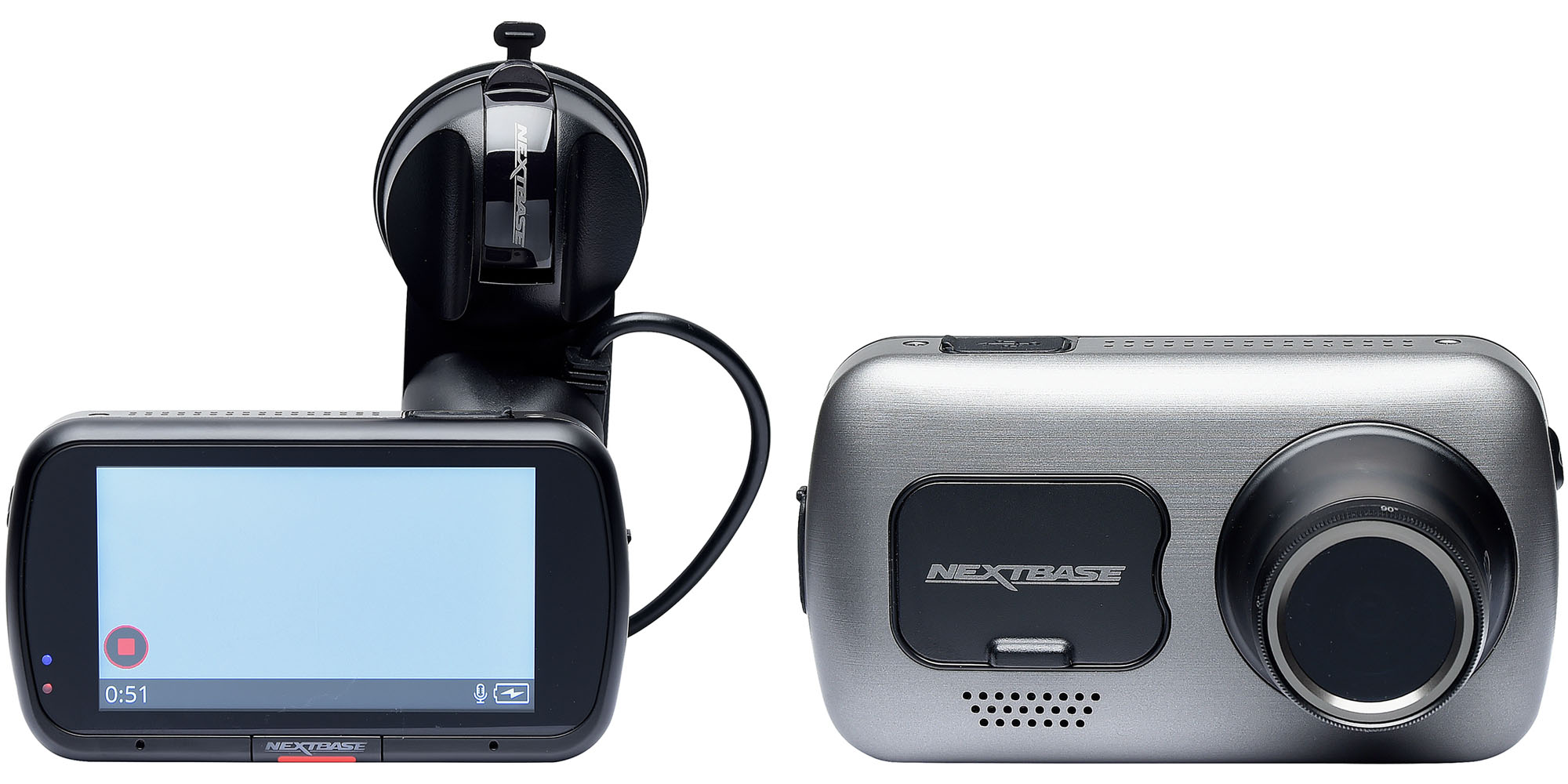
Most recently tested April 2025
Type Forward-facing
Storage Removable memory card, supports Class 10 Micro SD, supports up to 256GB, no memory card supplied
Need to know Motion detection, GPS tracking, not waterproof, voice assistant controls, button press (save 15 seconds prior and 30 seconds following), information recorded on video: GPS location, speed and date and time, event recording: when a pre-set value of force is reached this will cause the recorded footage to be protected and moved into a folder that can't be overwritten
Nextbase iQ 4K
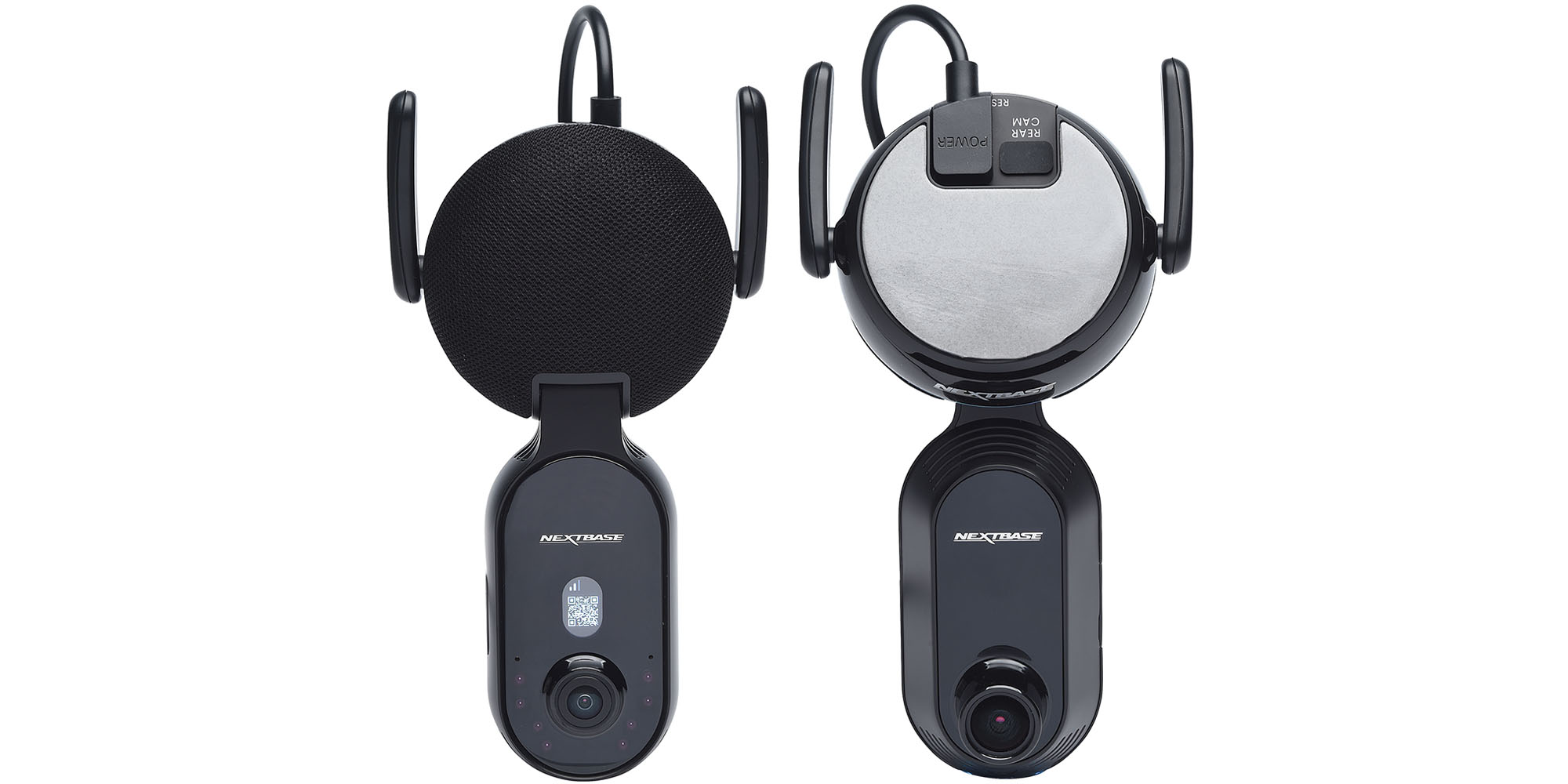
Most recently tested April 2025
Type Forward-facing and cabin
Storage Removable memory card, supports U3 micro-SD card, supports 32GB-256GB, 64GB SD card supplied
Need to know Motion detection, GPS tracking, not waterproof, voice assistant controls, information recorded on video: date and time only, event record: saves files with unique names
Nextbase Piqo 1K
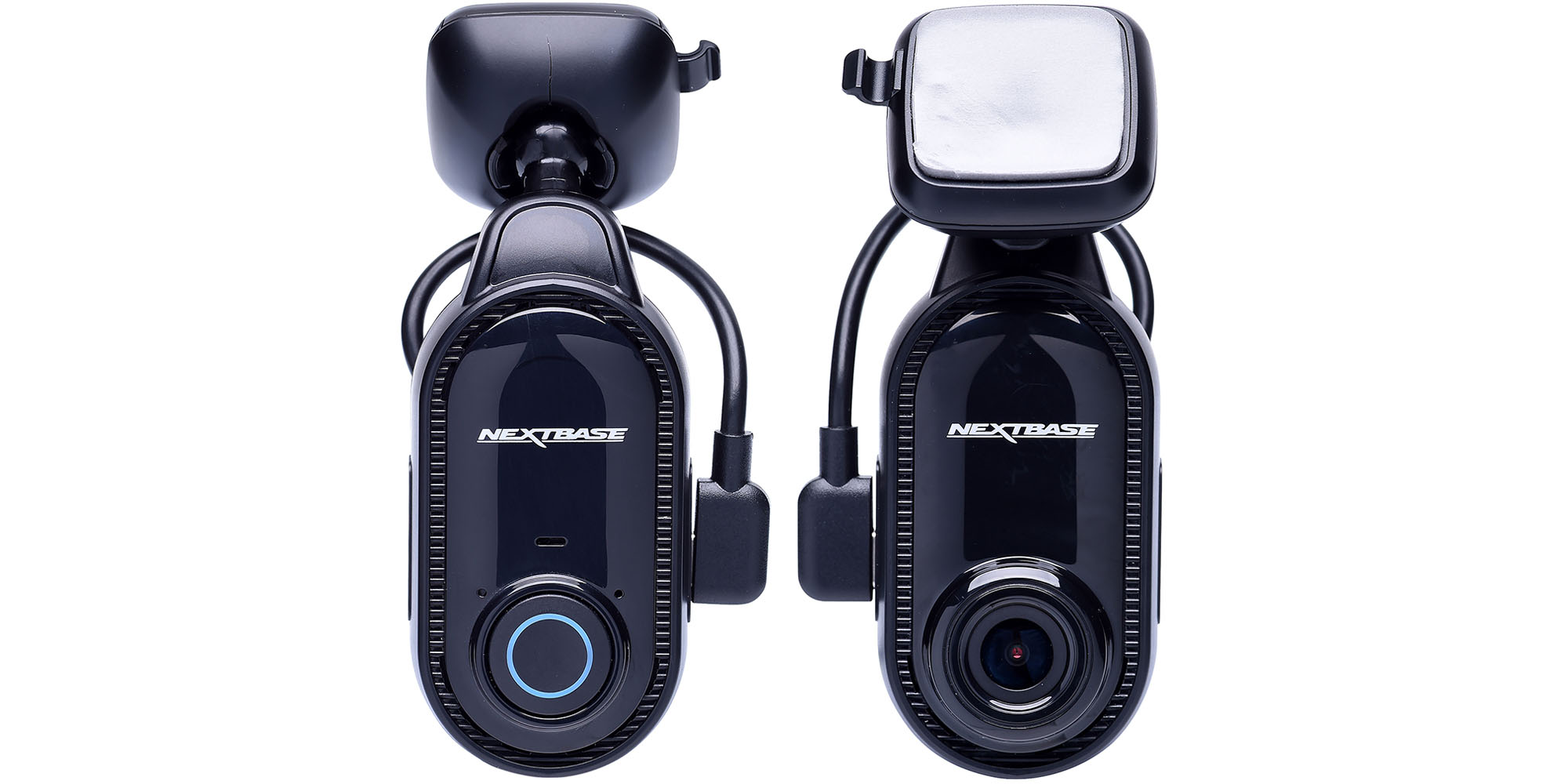
Available from Halfords (£99), Nextbase (£99), Currys (£99.99)
Most recently tested April 2025
Type Forward-facing
Storage Removable memory card, supports Micro SD cards, supports up to 128GB, no memory card supplied
Need to know Motion detection, GPS tracking, not waterproof, voice assistant controls, information recorded on video: GPS location, speed and date and time, event recording: a G-Sensor+ detects sudden impacts to your vehicle and when an event is detected it will automatically protect the footage surrounding the event and mark it as a protected file to be reviewed
Nextbase Piqo 2K
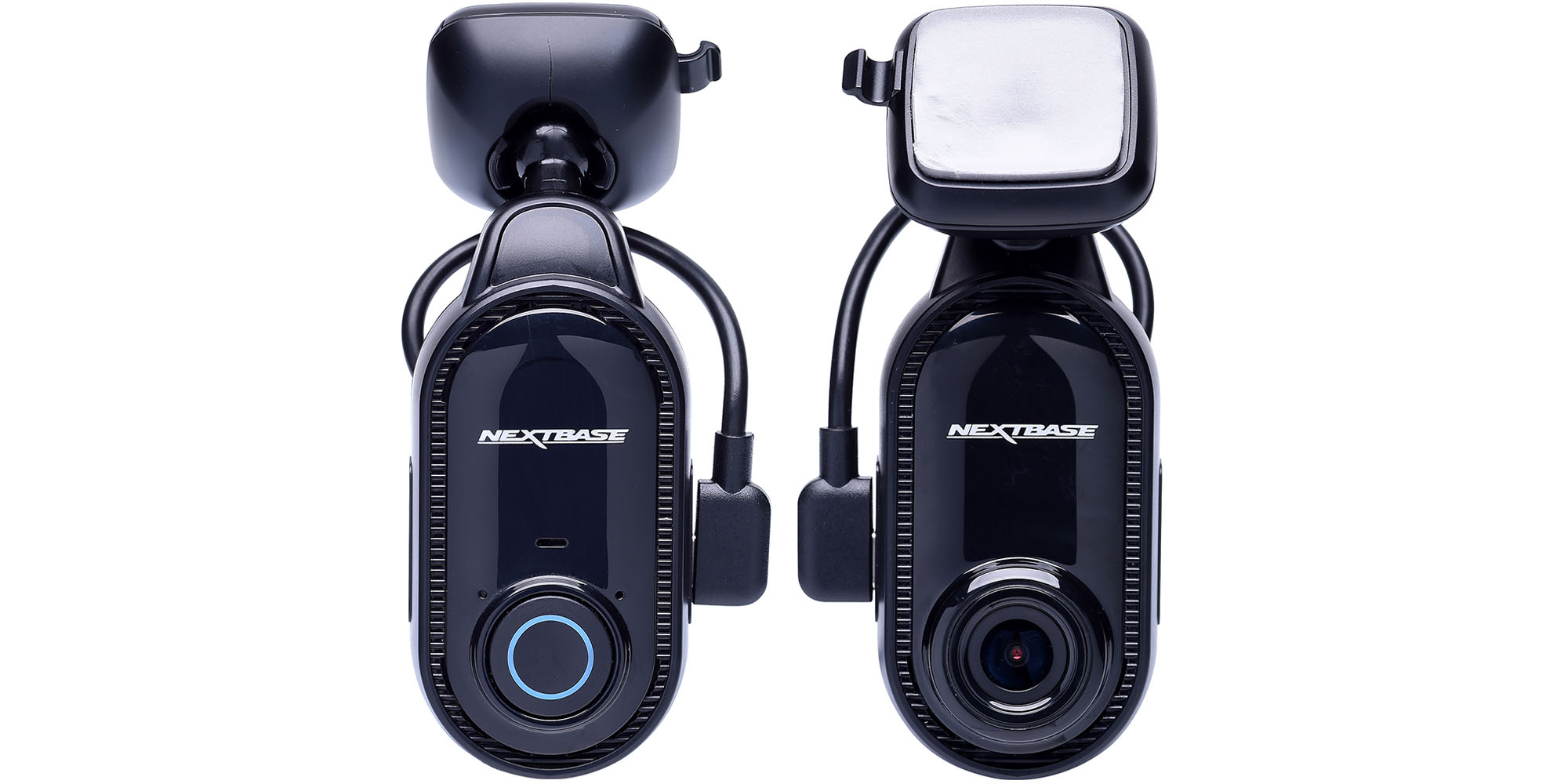
Most recently tested April 2025
Type Forward-facing
Storage Removable memory card, supports micro-SD card, supports up to 256GB, no memory card supplied
Need to know Motion detection, GPS tracking, not waterproof, voice assistant controls, information recorded on video: GPS location, speed and date and time, event recording: a G-Sensor+ detects sudden impacts to your vehicle. When an event is detected, it will automatically protect the footage surrounding the event and mark it as a protected file to be reviewed
Road Angel Halo Pro 2022

Most recently tested April 2025
Type Front-and-rear
Storage Removable memory card, Class 10 micro-SD card, supports up to 128GB, no memory card supplied
Need to know Motion detection, GPS tracking, not waterproof, no voice assistant controls, information recorded on video: speed, date and time, event recording: events are stored in a folder called events in the app
More dash cam from our tests
Here’s how the rest of the eight dash cams from our tests measured up, listed in alphabetical order.
| Dash cam | Price | Score | Daytime video footage | Night-time video footage | Ease of use | Security concern |
|---|---|---|---|---|---|---|
| Garmin Dash Cam 47 | SQUIRREL_TEXT_12880501 | |||||
| Kitvision Observer 1080p with GPS and WiFi | SQUIRREL_TEXT_50008187 | |||||
| Miofive S1 | SQUIRREL_TEXT_50014679 | |||||
| Nextbase 222X | SQUIRREL_TEXT_12877309 | |||||
| Orskey S680 | SQUIRREL_TEXT_12879675 | |||||
| Road Angel Halo Go | SQUIRREL_TEXT_12853323 | |||||
| Road Angel Halo Ignite | Argos(£99.99) | |||||
| Road Angel Halo Ultra | SQUIRREL_TEXT_12853300 |
Date tested: April 2025. Page last checked: September 2025. We are not able to show every retailer, and cheaper prices may be available. Security concerns: During testing, we identified some security issues with various models and contacted the manufacturers with our concerns. For those models that we've named Don't Buy, they will remain so until our concerns are addressed and we’ve confirmed this with a security retest.
Which? Don't Buy dash cams
Our tests uncover the best and the worst. If a product performs so poorly that we think you should avoid it, we call it a Don't Buy.
One dash cam completely failed to capture footage clearly either during the day or at night. You will have trouble making out road features and the rest of your surroundings, making it unreliable in a crash.
Four dash cams are Don’t Buys due to security concerns. We're in touch with manufacturers and if a firmware update or patch is released to address these issues, we will restore these models to their original scores.
To find out which they are, and which dash cams earned our Best Buy and Great Value recommendations, log in or join Which?.
How we test dash cams
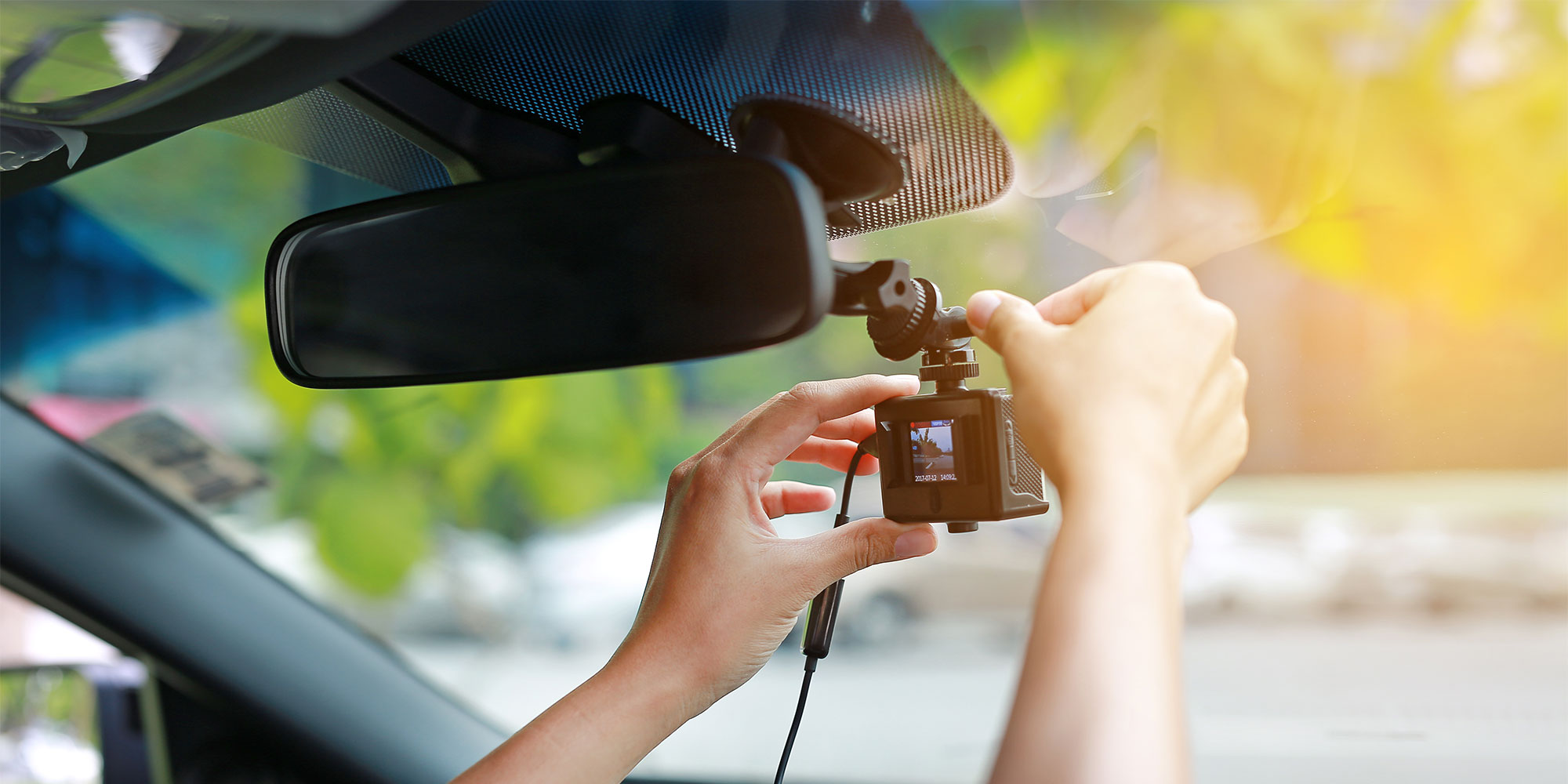
How well does the dash cam record footage?
To test the quality of the footage, we take dash cams out on the road during the day and at night. We drive a set route that incorporates minor and major roads, junctions, roundabouts and traffic hazards – everything to mirror everyday driving. We review and assess the recordings for image quality, the sharpness of the picture, the level of detail that can be seen and how well the dash cam records movement. These tests are particularly important at night because a lot of dash cams struggle to record footage in low light. But our tests will tell you which ones can.
If a dash cam has a narrow angle of view, it might only capture a small area of the road ahead while you're driving, so it could miss out on important extra details such as road signs or pedestrians. We comparatively test every dash cam's horizontal and vertical angle of view, so you'll know which models have a good-enough viewing angle to capture the full area ahead.
How easy is it to view the footage you capture?
We check how easy the dash cam's software playback features and functions are to use – this includes how easy it is to download and replay recorded footage, as well as how the footage is displayed (for example, whether it displays time, location and G-force).
How good is the audio?
Most dash cams allow you to record audio, as well as video, so you can capture everything that you see and hear. If you're involved in or witness an accident, a very useful piece of evidence may be an exchange you have with another driver.
Ease of use and setup
While quality footage is the most important feature of a dash cam, how you use it on a daily basis, from when you take it out of the box to retrieving your recordings, should be easy and straightforward. No one wants to spend time messing around with a device that's unintuitive and tricky to use. We look at the set-up process, from how easy it is to fit the dash cam into your car and route any necessary cables, to the clarity of the instructions. We check how easy the mount is to attach or remove and how easy it is to remove the camera from the mount.
Dash cam features
We test each of the features to ensure they work. The G-force sensor and parking mode features are put through their paces by replicating moments of heavy braking, high G-force and impact to assess how much force is needed to activate it, and what sensitivity options it has. We've tested some dash cams with G-force recording that didn't activate at all during our tests. That means that if your car is hit, your dash cam may not protect the footage from being overwritten, meaning you won't have video footage to prove your innocence in a claim. We also test the accuracy of the GPS function. We take the dash cams out on the road and drive a set route, and check the GPS matches the route driven.
Find out more about how Which? is not influenced by product manufacturers or retailers and how your support helps us to stay editorially independent.
Dash cams and the law

Dash cams are legal in the UK and you don't need any special permission to use them on the road. However, the installation of your camera can affect its legality if it's done in a manner that obstructs your field of vision.
The Highway Code states that any obstructions can't be more than 40mm into the area swept by the windscreen wiper blades. If the police decide it's positioned unsafely, you could be fined and footage recorded on it could be rendered inadmissible in court.
Dash cams can provide valuable information in a court case that would otherwise have been left to testimony and conjecture. Indeed, police forces have begun using dash cam footage to help in pleas for witnesses. But you should also beware that the same footage can be used against you. Should you be pulled over by the police for a motoring violation they can ask you to present your dash cam footage for review. For example, a debate about your speed can be quickly settled by footage from a dash cam with GPS tracking. Similarly, if you take another motorist to court over an incident, there's nothing to say the judge won't hold your own footage against you should you be in the wrong.
Deleting your footage could potentially be a serious offence, too, so don't tamper with it if the police confront you.
If you share your car - for example, as a part of a company scheme - you must inform those you share it with you of the dash cam's installation. This is because most dash cams record sound, while others even video record the inside of the vehicle. If someone else who uses your car is unaware they are being recorded, that is a serious breach of privacy. The responsibility is yours to let them know.
This goes doubly for those in the taxi industry. Cabbies, minicab drivers and coach drivers must inform every passenger who enters their vehicle that a dash cam is in use, or face legal consequences, especially if the footage is used without consent. You can mitigate this by buying sticker signs to place inside the vehicle which will inform anyone entering that the vehicle is fitted with a dash cam.
In some countries there are restrictions on dash cams and/or the video footage you record using one. This is usually due to privacy laws that restrict video or image capture of members of the public without their consent. So you should check the laws of the country or countries you'll be driving in.
Does having a dash cam lower your insurance?
Insurers sometimes give discounts or consider dash cams when they assess how safe you are behind the wheel, which could mean paying less for insurance.
If you have a dash cam, let your insurance company know to check if you qualify for a discount.
But here’s the real deal - having a dash cam can be a game-changer if there’s an accident. It can prove you weren’t responsible, saving you money and helping you to keep your no-claims discount.
Save yourself some money with our guide to finding the cheapest car insurance
Best features to consider when buying a dash cam
Here are some useful dash cam features to look out for:
- GPS tracking – most dash cams have GPS built-in, meaning they'll record not only the location of your vehicle but the speed and direction you're travelling (useful when submitting footage after an accident).
- Parking mode – your dashboard camera will automatically start recording if it detects a collision or impact while you're parked. Useful for finding out who bumped your car in a busy car park.
- Voice controls – this lets you say commands such as 'save video' or 'take a picture', without taking your focus off the road.
- Wi-fi – this lets you transmit footage wirelessly from the camera to your phone, so no need to remove the camera or its memory card to download footage. Some dash cams also allow you to view footage from the dash cam in real time via the wireless connection.
What you need to know about installing a dash cam
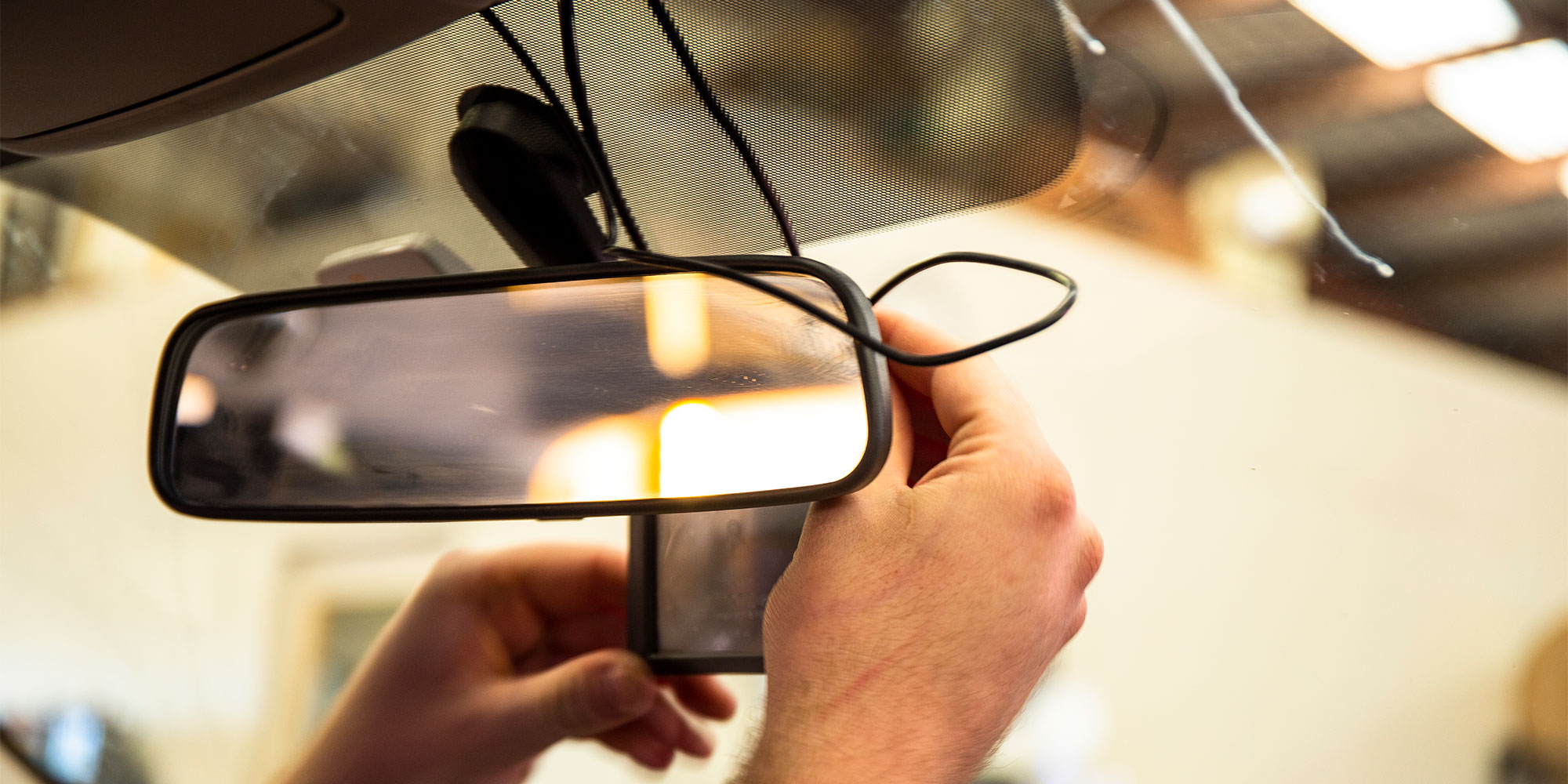
Dash cams must be fitted so that they don't obstruct the drivers' vision, otherwise, you could be liable to pay a fine and your footage be disregarded by your insurance company and the police. The rule to follow is that your dash cam should not intrude into the area covered by your windscreen wipers by more than 40mm.
Try to place the dash cam behind your rear-view mirror for a clear view of both lanes and road signs without blocking your sight. In some cars with big mirror covers, it might be tough to put the dash cam behind the mirror. You could try on the passenger side, but it might limit what the camera sees. Check your car's manual for advice because placing a dash cam near your rear view mirror could affect the car’s radar or camera systems.
The best dash cams have long cables for neat installation. Avoid just plugging it in and leaving the cable hanging; route it along your windshield edge to the power socket, but be sure not to place it near any airbags (check your car’s manual to find out where these are).
You can also hardwire your dash cam directly to your car's on-board electricals. This means it will start up and switch off automatically with your car's ignition, and the wires will be hidden out of sight under your dashboard - plus it frees up the cigarette lighter for other electronics. Fitting costs around £50, but you may find it's only offered if you buy the dash cam at the same place.
Alternatively, you can do it yourself. It will involve accessing the fuse box, usually located inside or beside the glove box, and swapping a connection with your hardwiring kit - your dash cam’s instructions should explain the whole process. How complicated it is will depend on what vehicle you drive, so we'd recommend leaving it to the pros if you're not entirely confident in your skills.
